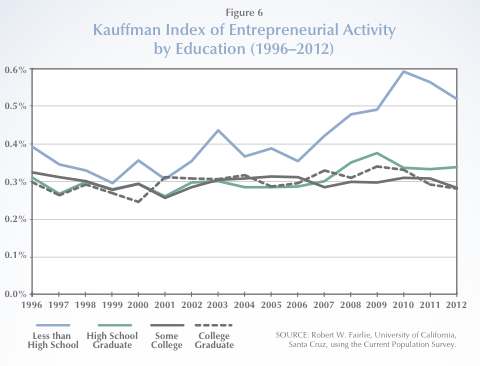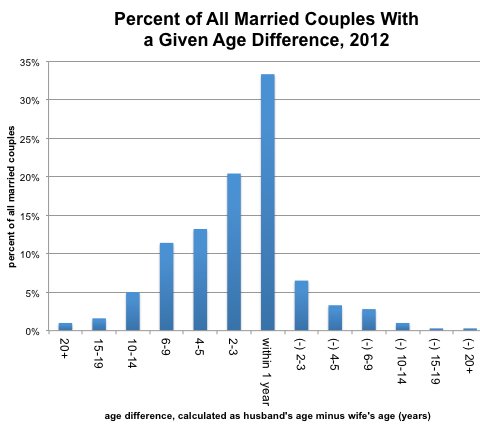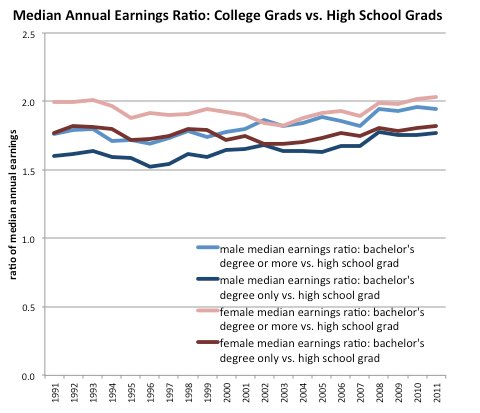
CATHERINE RAMPELL
Dollars to doughnuts.
Among America’s most celebrated entrepreneurs are college dropouts like Mark Zuckerberg, Bill Gates, Steve Jobs and Michael Dell.
But as it turns out, the country’s most frequent business founders are dropouts of a different kind: They dropped out of high school.
That’s according to the latest numbers from the Kauffman Index of Entrepreneurial Activity, as prepared by Robert W. Fairlie at the University of California, Santa Cruz. Professor Fairlie looked at different demographic groups, and what share of each group started businesses in any given month (which is generally tiny, less than 1 percent for basically all major demographics). When he looked at entrepreneurship by educational attainment, he found that people who had not completed high school were most likely to start new businesses.
 Courtesy of the Kauffman Foundation.
Courtesy of the Kauffman Foundation.
The chart above is based on data from the Labor Department’s monthly Current Population Survey. It shows the percentage of individuals (ages 25 to 64) who do not own a business in the first survey month but then started a business in the following month, with 15 or more hours worked per week. For those who didn’t complete high school, this entrepreneurship rate was 0.52 percent, compared with 0.32 percent for people in this age range over all.
So how is it that America’s least-educated are responsible for so much business creation, especially given that we might associate business acumen with more formal training?
“These high rates for the least-educated group suggest an increased number of people entering entrepreneurship out of necessity,” writes Professor Fairlie.
People with more education have more and higher-paying job opportunities available to them at existing employers. Those rare Mark Zuckerbergs of the world are founding businesses rather than finishing their formal education by choice, not because no one else will hire them. The same probably isn’t true for workers without a high school diploma.
Starting a new business, by the way, does not necessarily mean taking on employees. The Labor Department survey upon which this analysis is based does not, unfortunately, currently include information on employer versus nonemployer businesses. A majority of businesses showing up in these figures seem to be nonemployer businesses (sole proprietorships), given that the Kauffman Index of Entrepreneurial Activity shows 514,000 new businesses being created each month in 2012, whereas other measures that count only new employer establishments, like Business Employer Dynamics numbers from the Bureau of Labor Statistics, “indicate roughly the same number of new businesses per year,” Professor Fairlie’s report says.
Some other highlights of the report, about demographics of new business owners:
- Men are much more likely to create new businesses than women are. Other groups with high rates of entrepreneurship, as measured this way, are immigrants and Latinos.
- The construction industry had the highest rate of entrepreneurial activity of all major industry groups.
- Montana, Vermont and New Mexico had the highest entrepreneurship rates, whereas Minnesota, Nebraska and Michigan had the lowest.
- Among the 15 largest metropolitan statistical areas in the United States, Miami had the highest entrepreneurial activity rate in 2012, and Detroit had the lowest.
Article source: http://economix.blogs.nytimes.com/2013/04/19/americas-biggest-entrepreneurs-high-school-dropouts/?partner=rss&emc=rss


